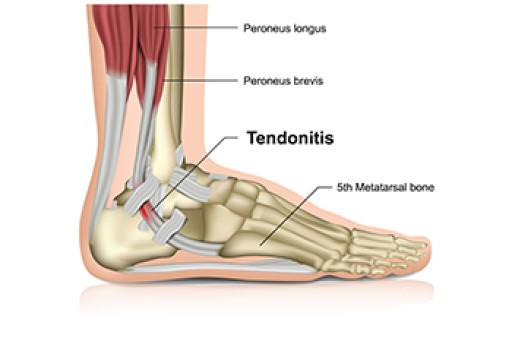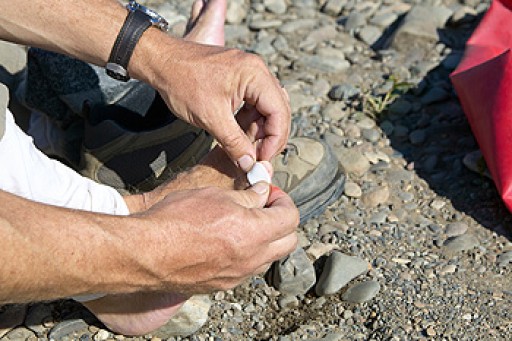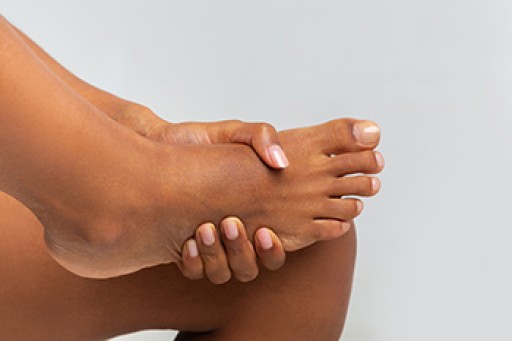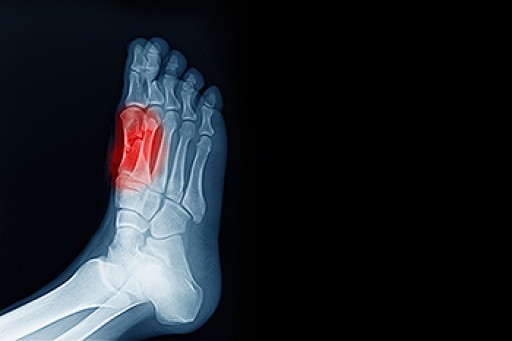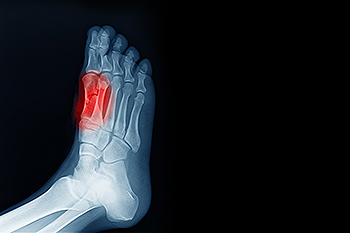
Taking care of your children’s feet during infancy and early childhood can do a lot to help them have healthy feet as they grow. When a child shows signs of or complains of foot pain, it is wise to take them to a podiatrist to have their feet evaluated for possible problems. While children are born without arches and usually do not experience symptoms from this while they are in development, sometimes having flat feet can cause them to have problems participating in physical activities, impact their gait, or cause them pain or cramping in their feet, legs, or knees. Sever’s disease is an inflammation of the heel growth plate that can cause pain. This condition affects kids between 8 and 14 years of age or until the heel bone fully develops. Ingrown toenails can develop in children from wearing shoes that are too tight, cutting their toenails improperly, or a genetic predisposition. With this, a toenail can grow into the skin and a serious infection can result. These are just some of the problems that parents can encounter with their children’s feet. If you want to be educated on how to best care for growing feet or find that your child has foot issues, it is suggested that you consult with a podiatrist who can answer your questions and treat foot problems that arise.
The health of a child’s feet is vital to their overall well-being. If you have any questions regarding foot health, contact one of our podiatrists of InStride Family Foot Care. Our doctors can provide the care you need to keep you pain-free and on your feet.
Tips for Keeping Children's Feet Healthy
- Make sure their shoes fit properly
- Look for any signs of in-toeing or out-toeing
- Check to see if they have Clubfoot (condition that affects your child’s foot and ankle, twisting the heel and toes inward) which is one of the most common nonmajor birth defects.
- Lightly cover your baby’s feet (Tight covers may keep your baby from moving their feet freely, and could prevent normal development)
- Allow your toddler to go shoeless (Shoes can be restricting for a young child’s foot)
- Cut toenails straight across to avoid ingrown toenails
- Keep your child’s foot clean and dry
- Cover cuts and scrapes. Wash any scratches with soap and water and cover them with a bandage until they’ve healed.
If you have any questions, please feel free to contact our offices located in Concord, Charlotte, and Salisbury, NC . We offer the newest diagnostic and treatment technologies for all your foot care needs.

